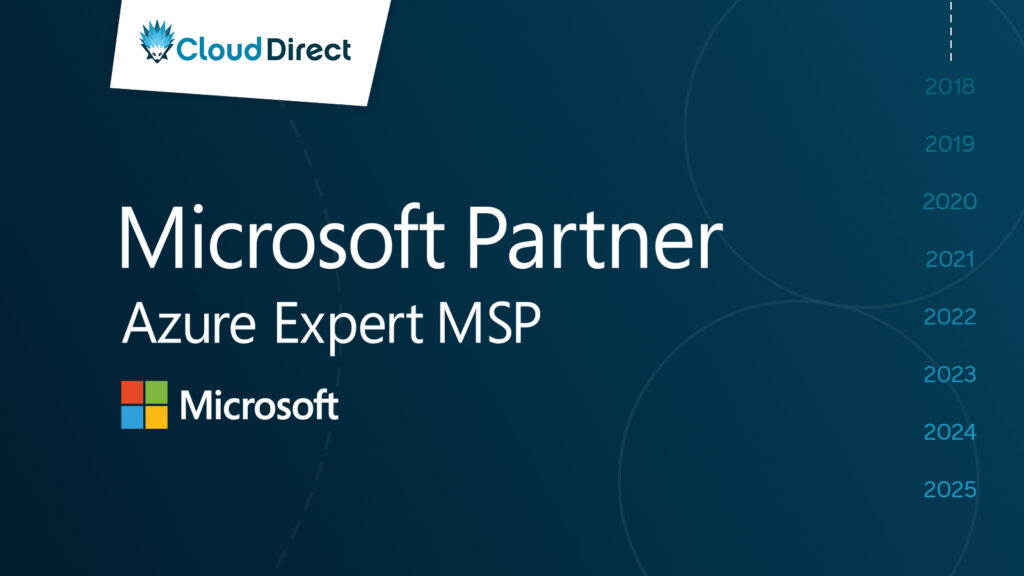
If you’re thinking about organising anything in 2019, it pays to consult the newly-crowned queen of tidying, Marie Kondo, for advice:
‘Once you learn to choose your belongings properly, you will be left with only the amount that fits perfectly in the space you own.’
While Marie Kondo may specialise in tidying up houses, her advice can also be applied to Azure governance and cost management. The public cloud requires careful management and systematic organisation before you can realise its full benefits for your organisation.
Azure is an empowering, growth-enabling tool, but if you’re not organised in your approach to using it you risk losing control of your cloud spend. Azure costs can mount and fly under the radar if you don’t have a thought-through cost management plan and governance framework in place. Proper organisation is the key to an efficient, cost-effective Azure experience. Don’t let the tool’s costs outweigh its benefits.
Here’s what Marie Kondo would do if she was cost-managing her Enterprise Azure profile.
Make the most of groups
It doesn’t make sense to deploy an entire program of subscriptions in Azure if you’re not going to keep track of the resources involved. A tool that is designed to save or even make you money can end up costing you quite a lot if you’re paying for things you don’t need, or that aren’t delivering the kind of ROI you expect.
The Azure Scaffold exists to ensure that your subscriptions are effectively cost- and compliance-managed, and its grouping system plays a big part in making that happen. Management groups are a useful feature within Azure, allowing you to group subscriptions together in ways that make sense for your business. Governance features such as Azure Policies and Role Based Access Control (RBAC) can then be assigned to the Management Groups, providing a consistent and secure standard across the organisation. These groups can be crafted to reflect your internal structure, making it easy to ensure the right department has access to the right Azure subscriptions, and those that don’t need access are kept out.
Resource groups go into more granular detail, and can be structured in an organised way to ensure all resources are easily identified. If you’re looking to cap your spending on an individual project, you can apply a spend limit to the resource group instead of hoping that someone’s remembered to do it for each individual subscription.
Naming conventions
One of the simplest and most effective steps you can take to organise your Azure costs is to ensure that you’ve got a naming convention that everyone follows. Creating and tagging resource groups is much more useful if this is done consistently across your business. If no naming convention is followed, specific resources will be harder to find, and groups of resources or subscriptions could potentially fall by the wayside and continue to accrue costs without your knowledge.
Naming conventions can be tailored to the specific character of your organisation, reflectingyour internal structure to make finding resources in Azure an intuitive process. Removing barriers to checking up on your subscriptions and resource spending is a crucial step towards ensuring that you’ve got a detailed overview of where your money is being spent.
Monitoring and management
The transition from budgeting for hardware to budgeting for services – from CAPEX to OPEX – has the potential to be a confusing one. If your subscriptions are disorganised, it’s difficult to take advantage of what’s great about OPEX spending: the ability to scale costs up and down according to your changing business needs.
If you’ve named, tagged and grouped your resources effectively, they should be easy to find using Azure’s cost-management tools and turned off when you don’t need them. Say you’ve completed work on a web app that you’re no longer using. If you haven’t organised the resources that it used properly, you might end up paying for some of them long after the project finishes because they didn’t show up where you thought they’d be in the Azure portal.
Azure Monitor constantly gathers data from all your subscriptions to show you what’s working and what isn’t. While Azure Advisor crunches the numbers and offers cost-management recommendations to ensure you’re paying for what you truly use.. With this knowledge, you can set workloads on timed schedules to maximise efficiency and unused workloads can be properly terminated, which can add up to significant savings. Switching off a virtual machine for just four hours a day can save 15 percent of its cost. Without proper Azure cost-management organisation you’d never get that insight.
Work with the experts
Azure Expert Managed Service Providers (MSPs) like Cloud Direct can provide consultancy services,simplified portals and budget tracking to ensure that users at all levels of IT skill can understand and act on the data Azure’s monitoring tools provide.
The My Azure section of Cloud Direct’s PROVIDE portal, for example, does just this. Behaving like a smart energy meter, it creates a granular breakdown of your spending, allowing you to respond accordingly. This opens the door for a significant increase in ROI. If, for example, one of your subscriptions isn’t performing as well as you’d like (or expected it to), you’ll see that straight away, and be able to make the necessary changes to your resource allocation.
When this ability is given over to managers with specific knowledge of their department’s needs, it translates into real efficiency in your Azure environment and significant opportunities for savings.
Automate what you can
Automation goes even further in keeping those who manage spending abreast of the latest developments in your Enterprise Azure program. Azure’s Event Grid lets you create automatic processes when something happens in your portal. This means that any changes are easily flagged, and resources are easily deleted when a project comes to an end.
Azure Automation gives users the ability to create runbooks that perform routine tasks, so you don’t have to, freeing up employee hours from busywork for more valuable projects.Autonomous tasks such as patching every month, can be automated with Azure automation. With the introduction of Azure Blueprints, Management Groups and Automation work together to provide a time-effective and consistent approach across your organisation. As Microsoft say, automation is ‘a full-time job’ and well worth the investment.
Everyone is involved
This isn’t a siloed job. Azure cost management organisation must come from the top down as part of a collaboration with each department, so that there’s consistency across the Azure environment. The effort will pay dividends when you don’t have to waste hours searching for a specific resource. When everything is tagged and named according to the same convention, you’ll know exactly what to look for, and where. Then when you’ve automated your Azure processes and learned how to use the monitoring tools, you’ll be making savings instead of wasting money.
There you have it. The KonMari method applied to Azure cost-management. Apply this advice to your Azure environment, and you’ll ensure that you’ve got all the resources that ‘spark joy’ in your investors, and none of the ones that don’t.







